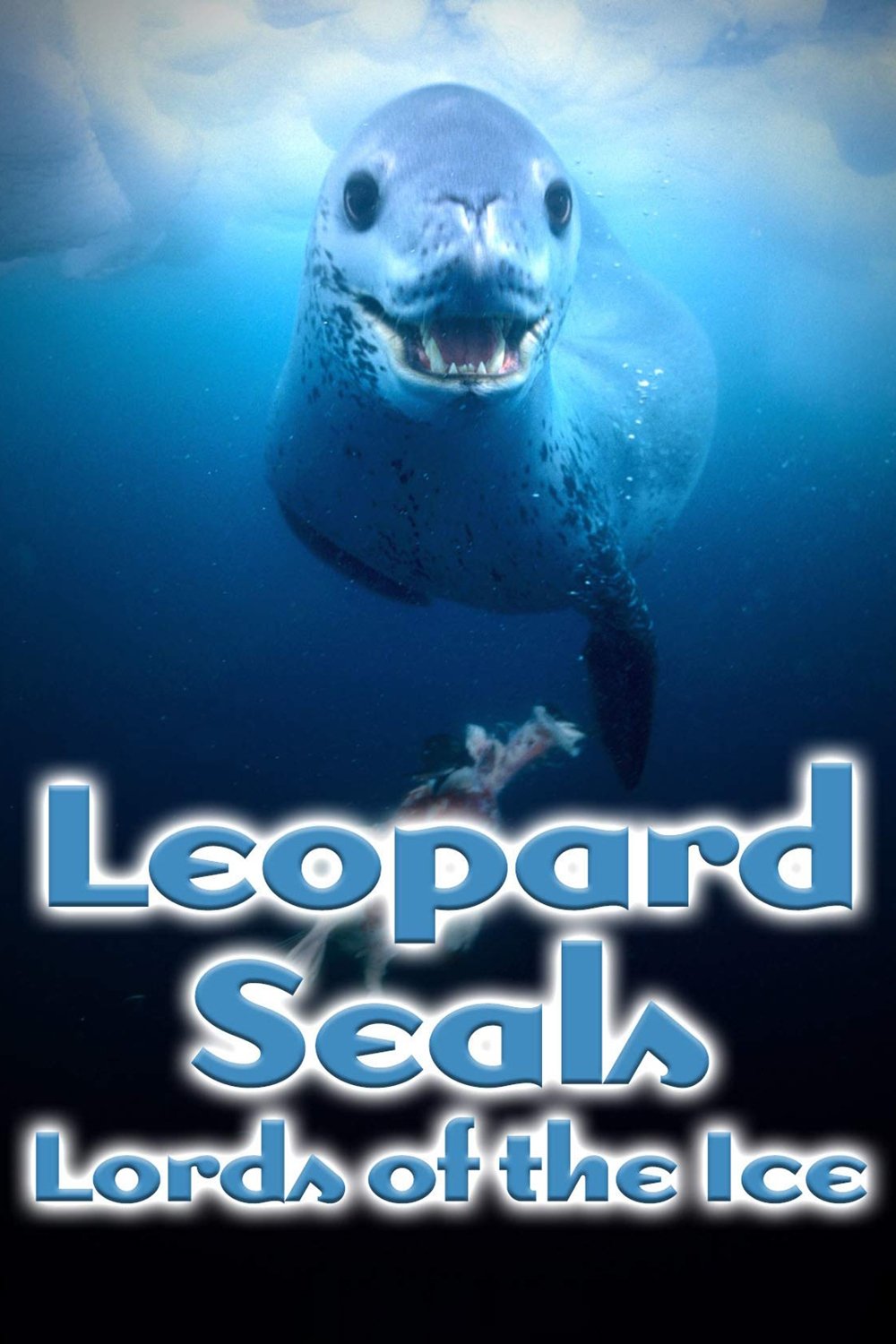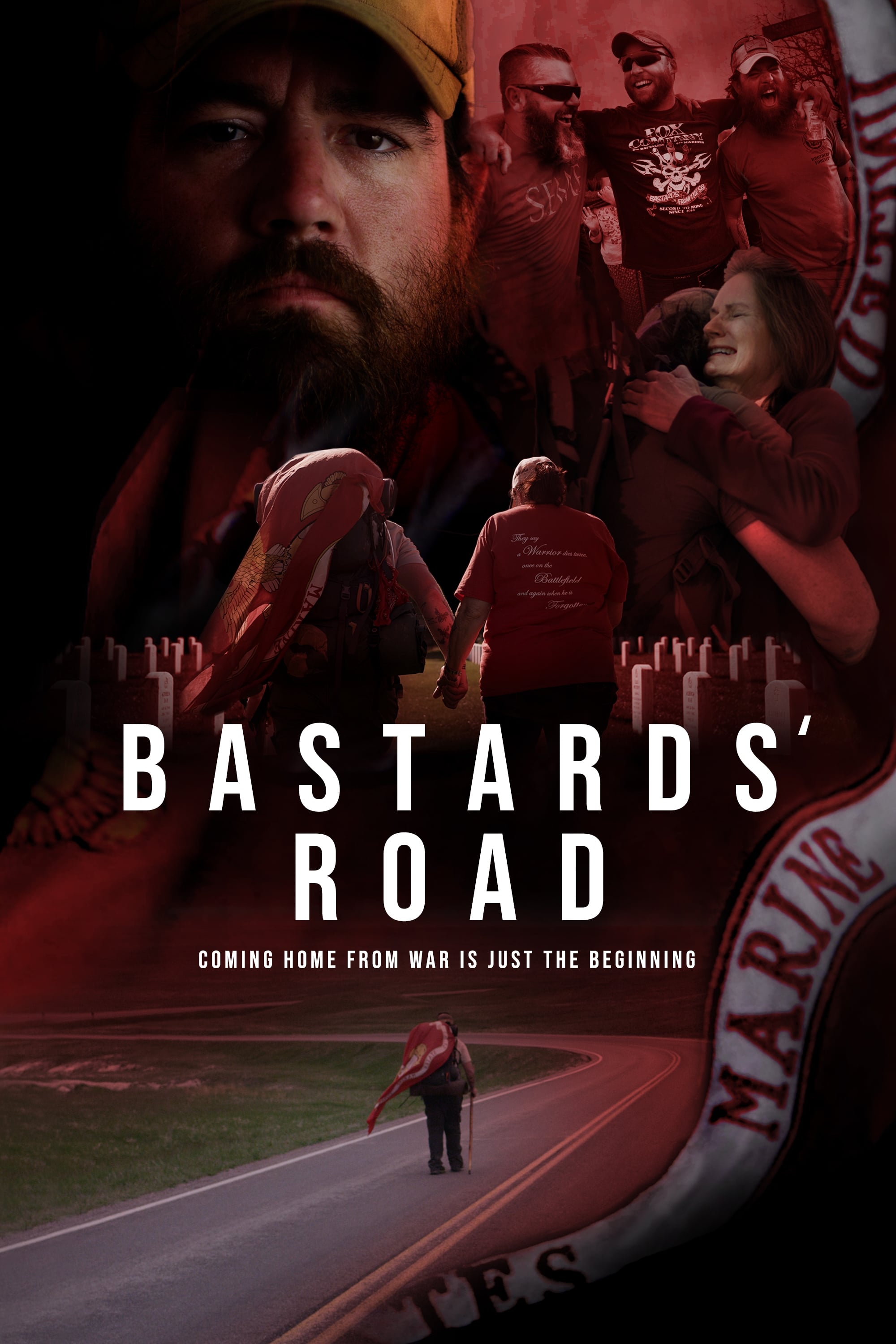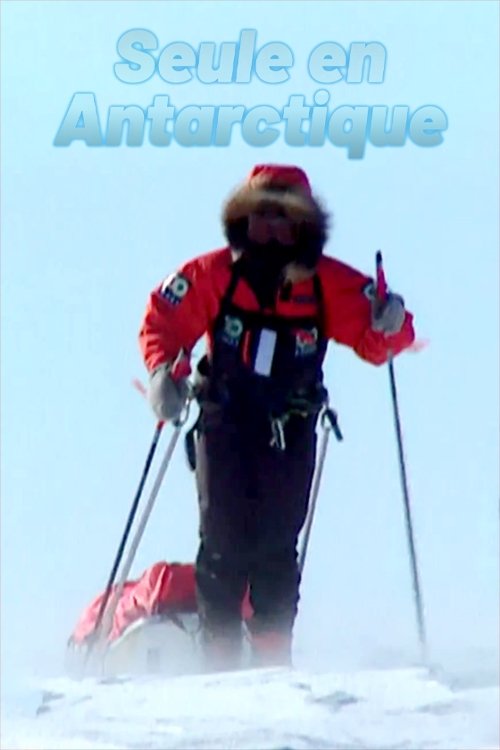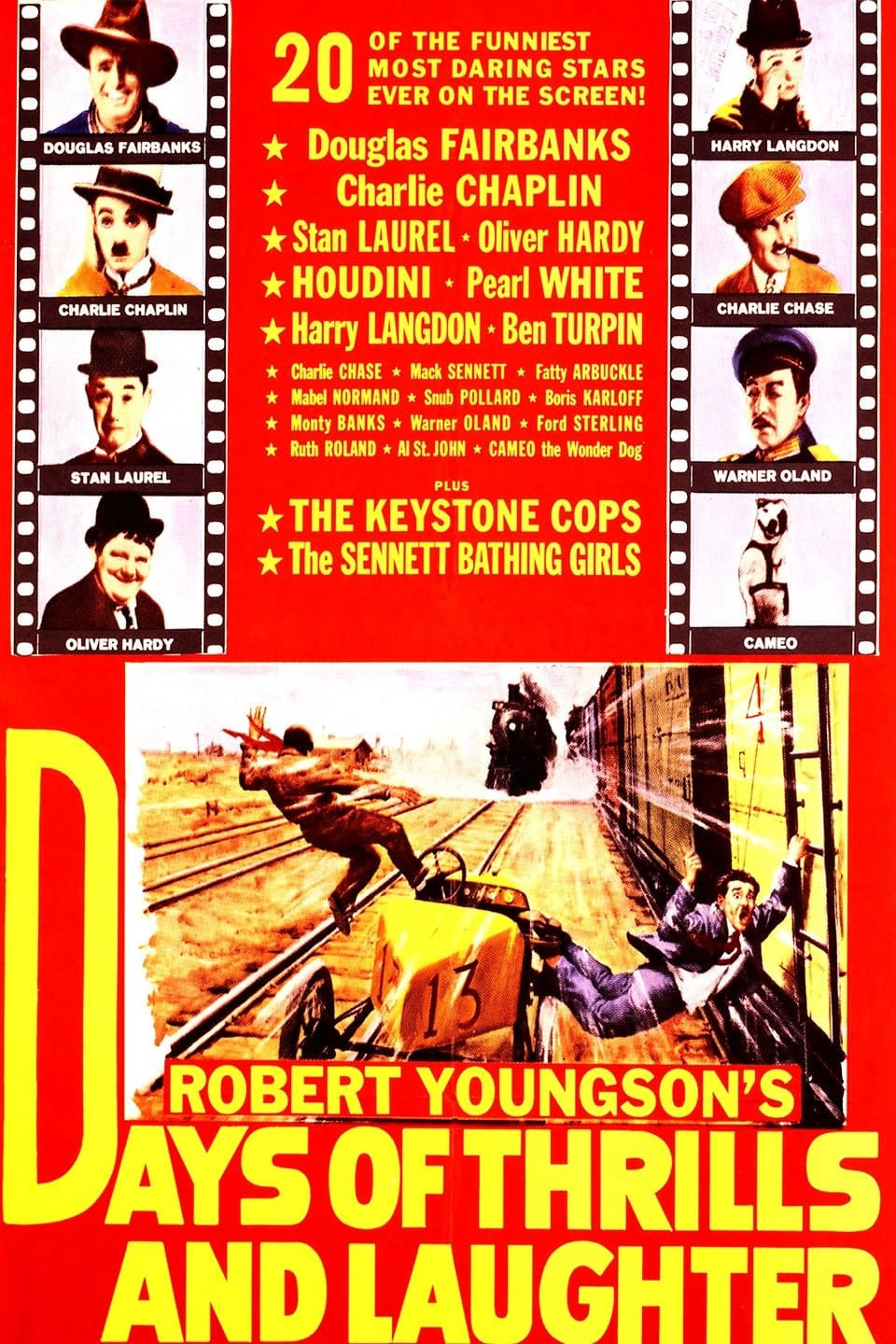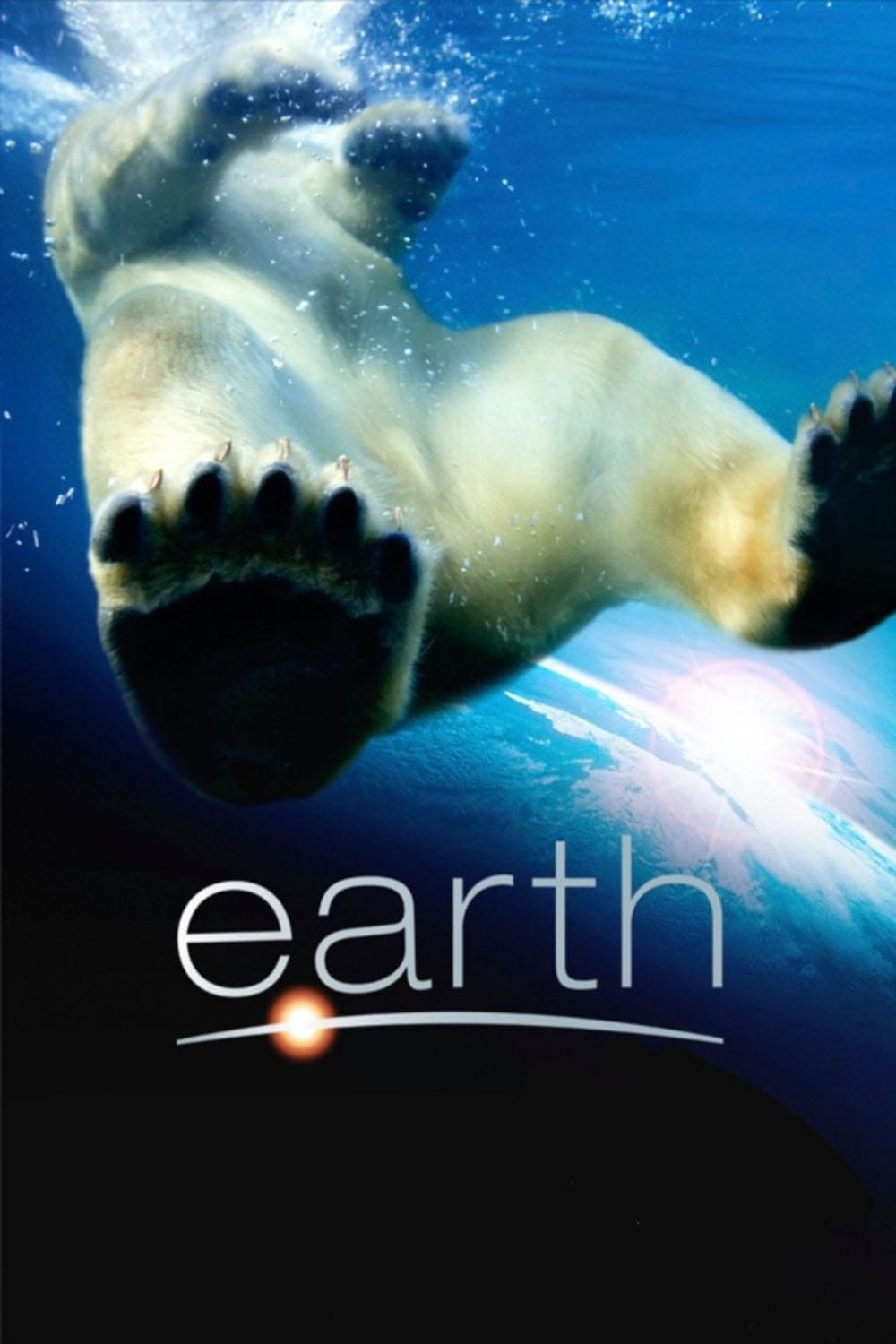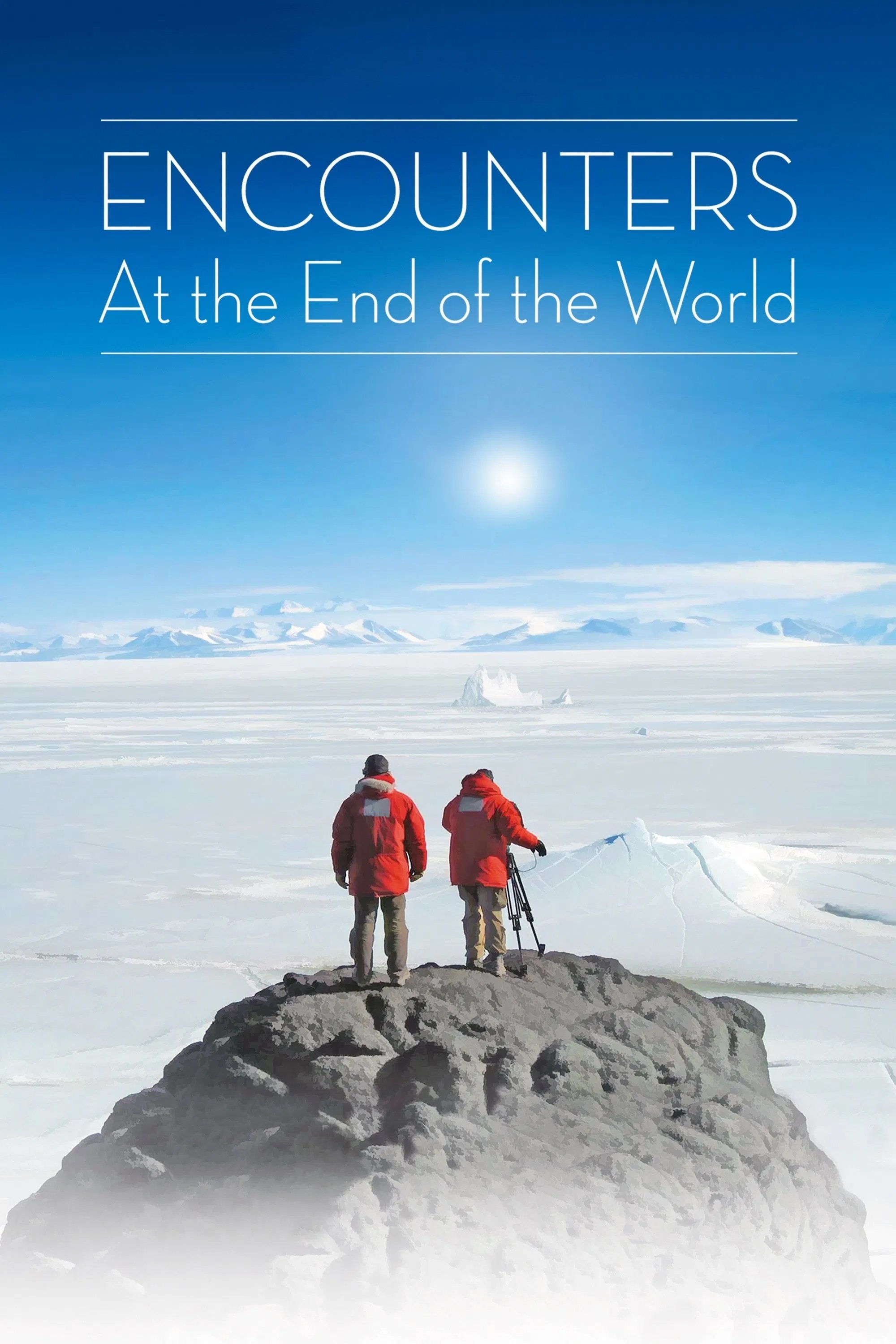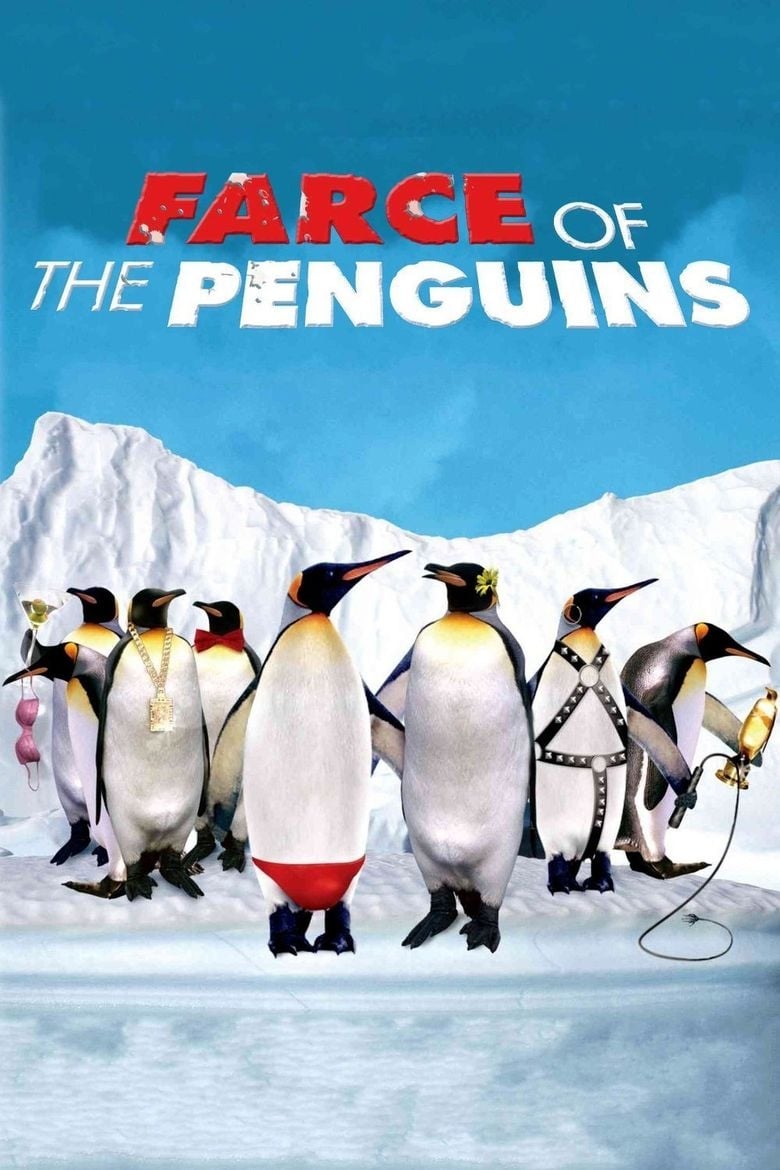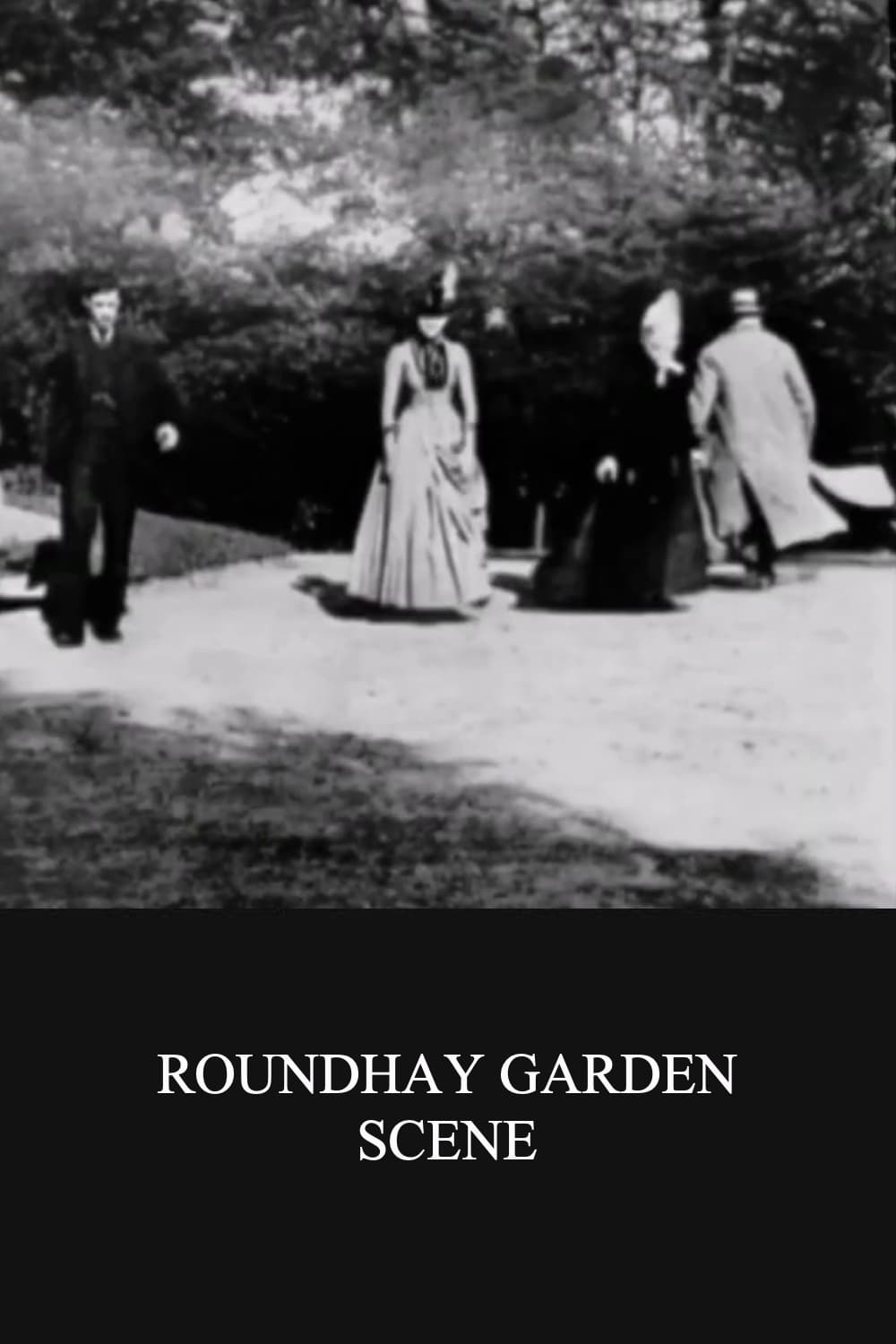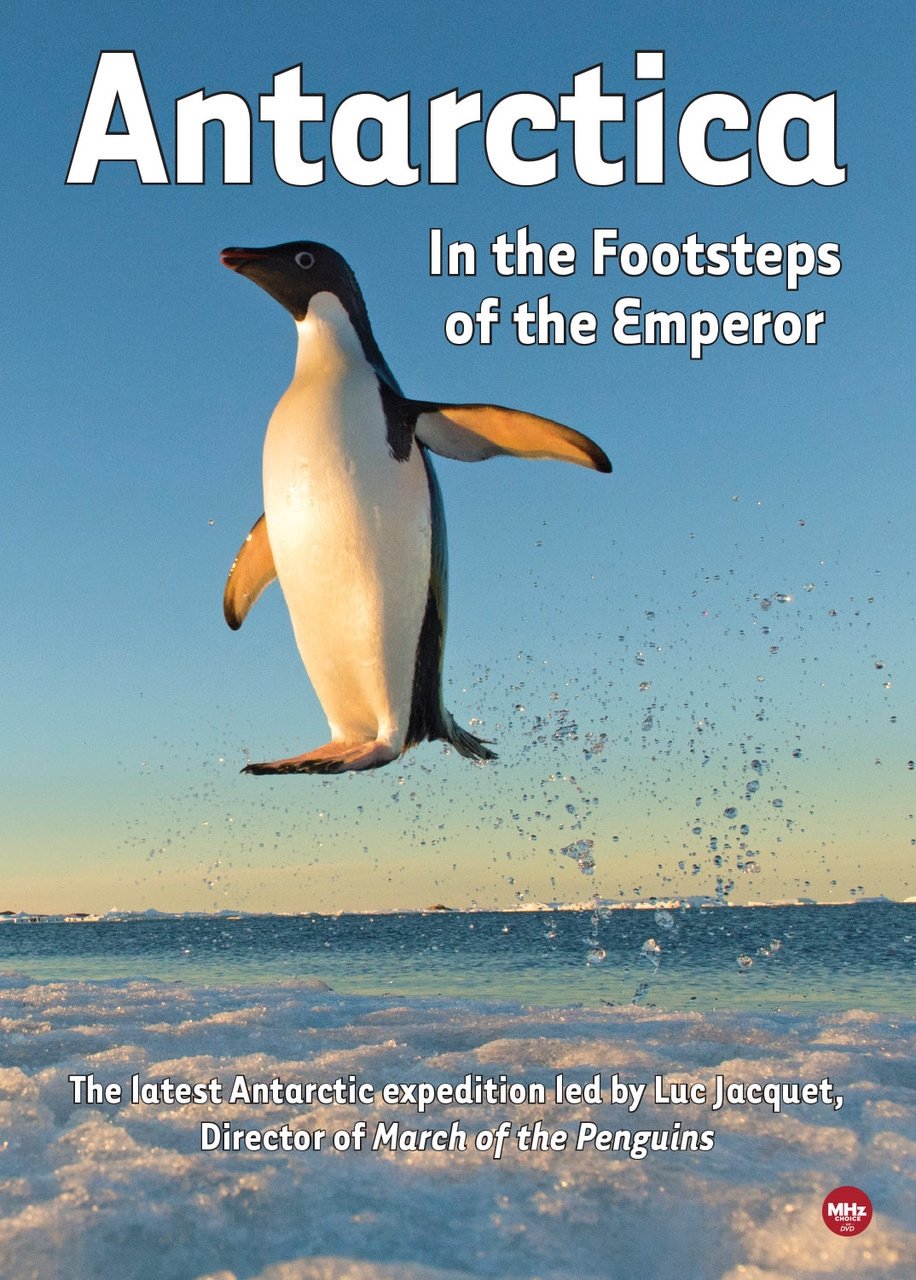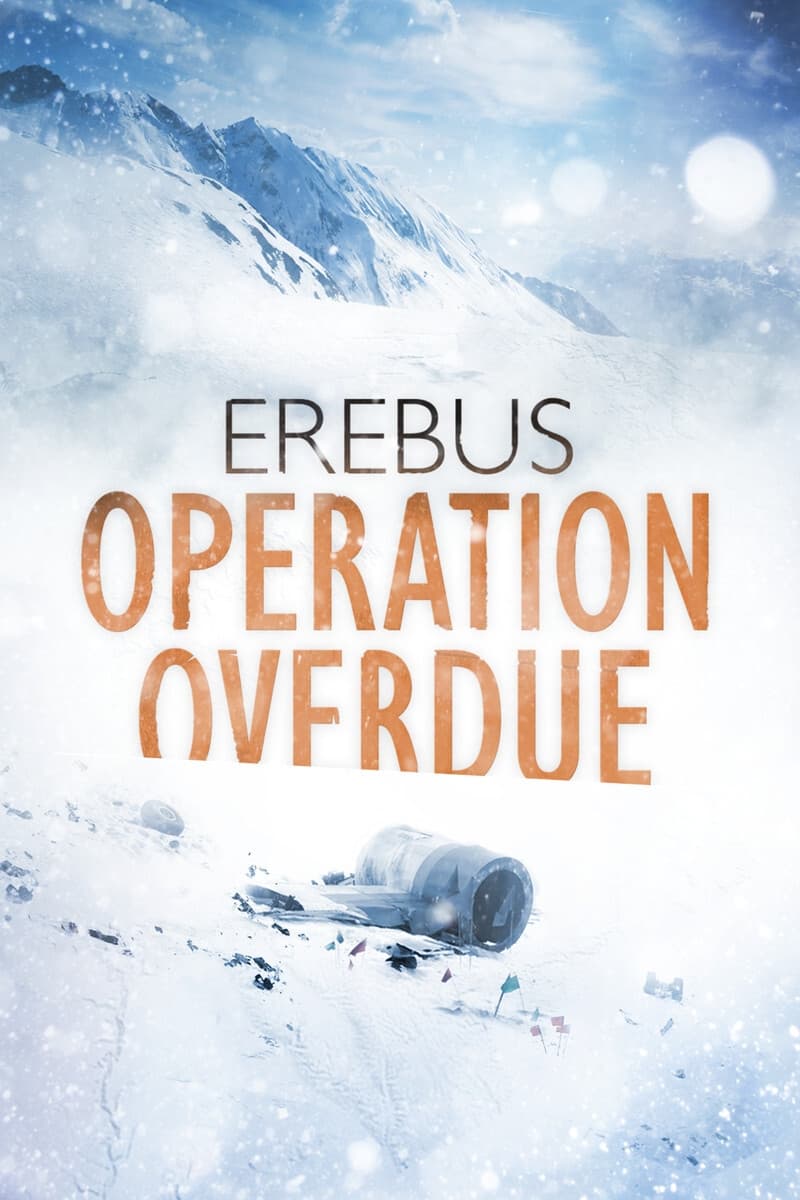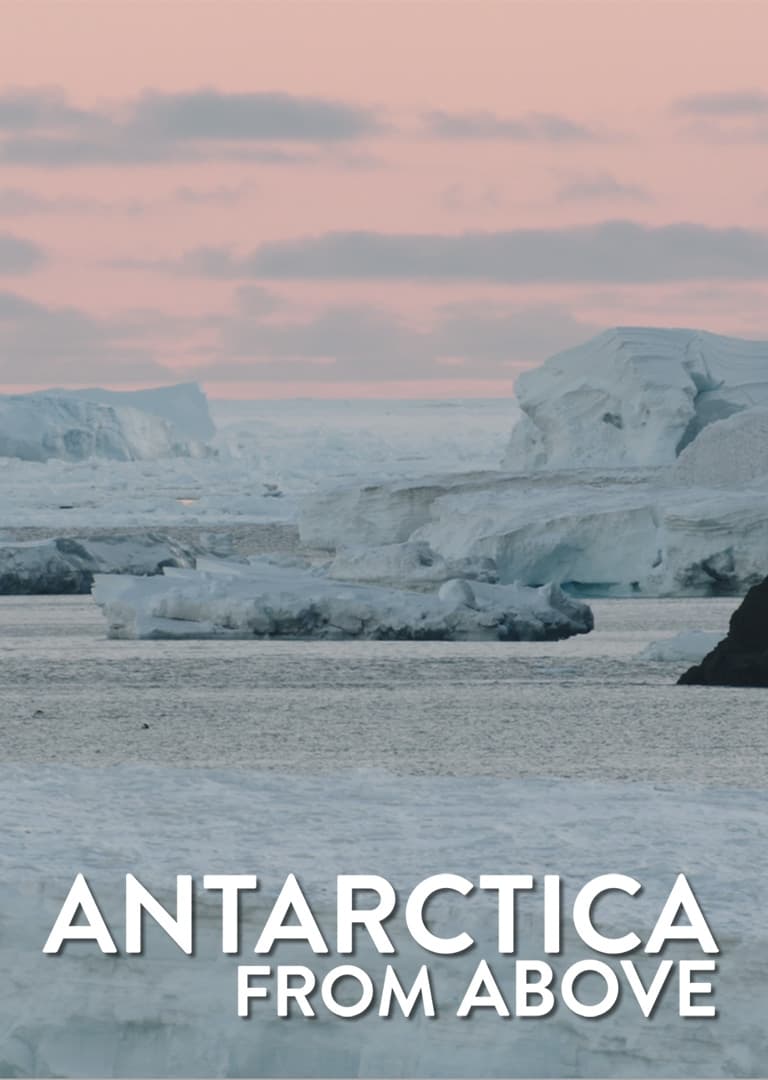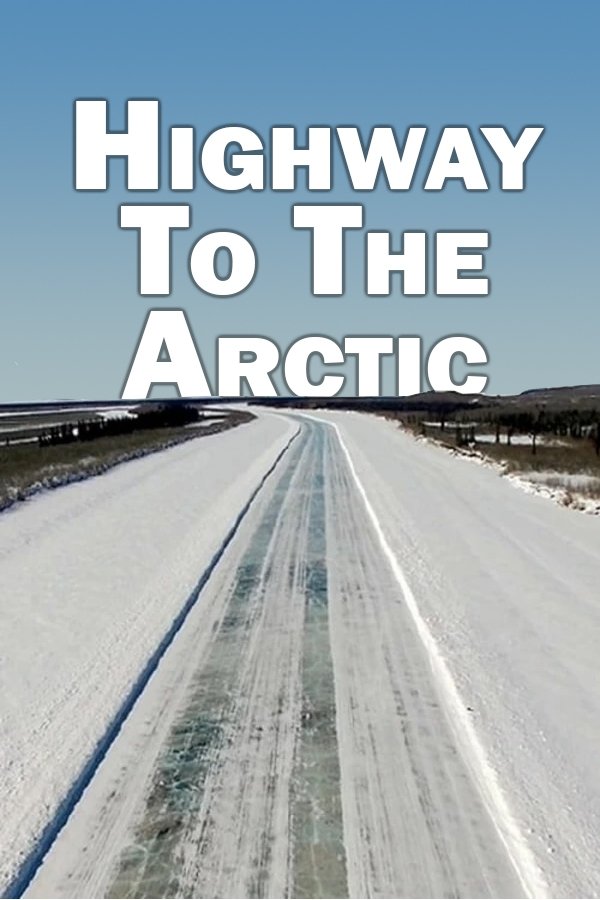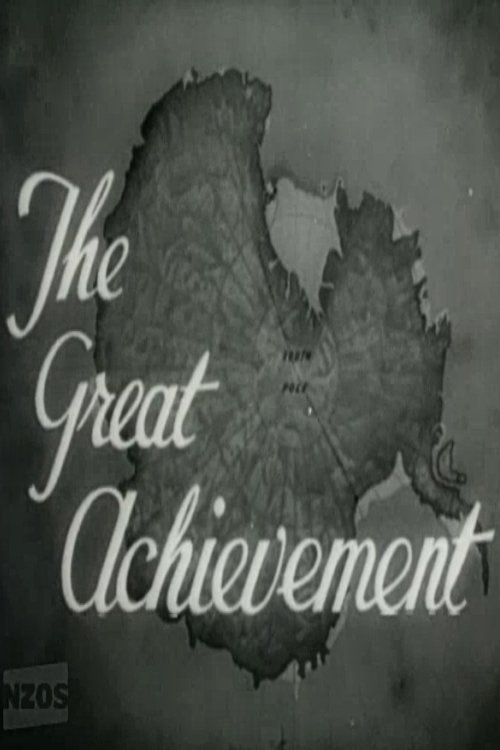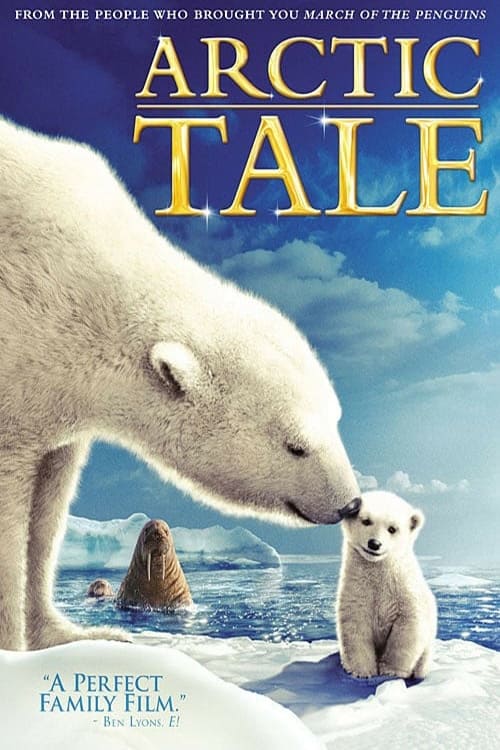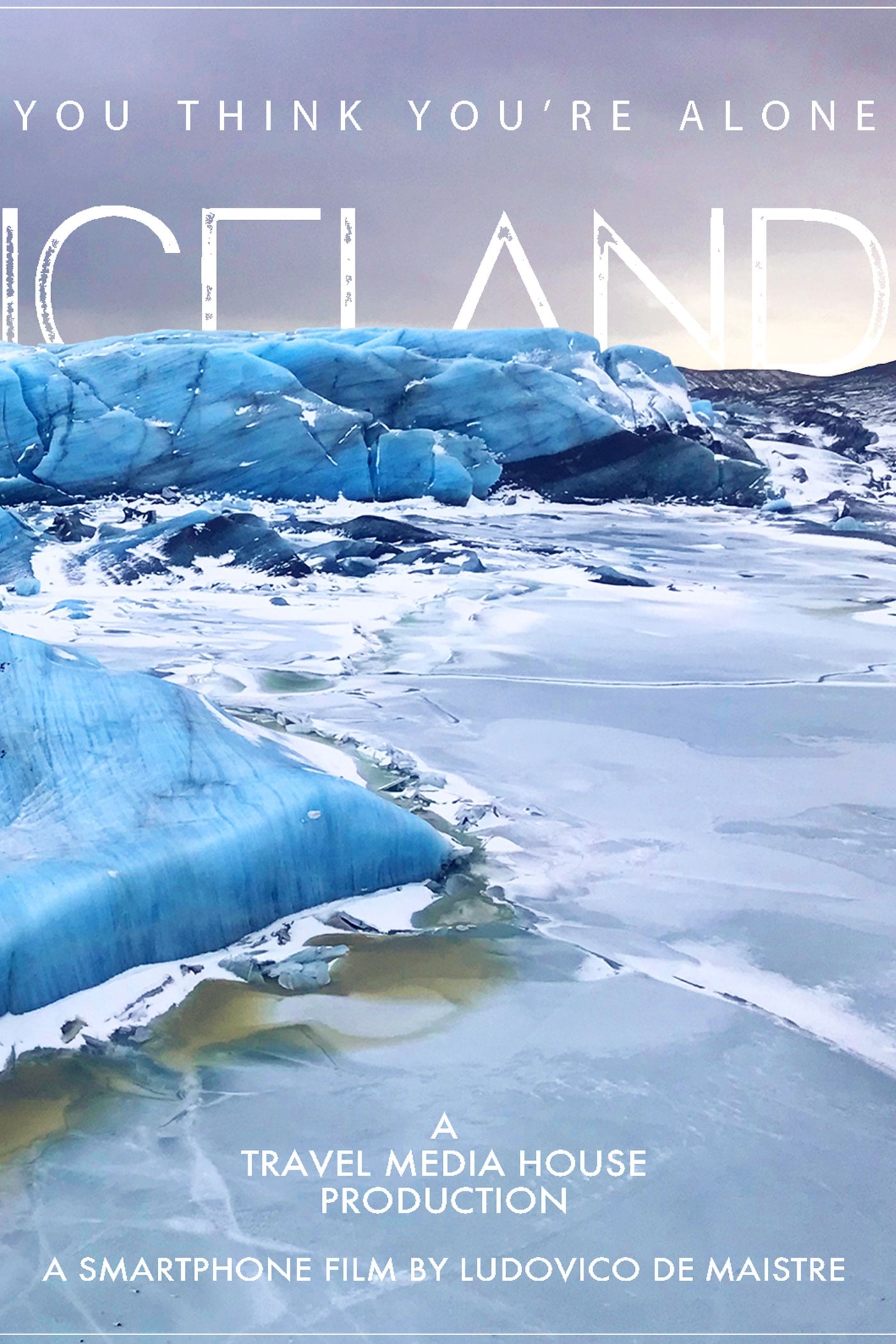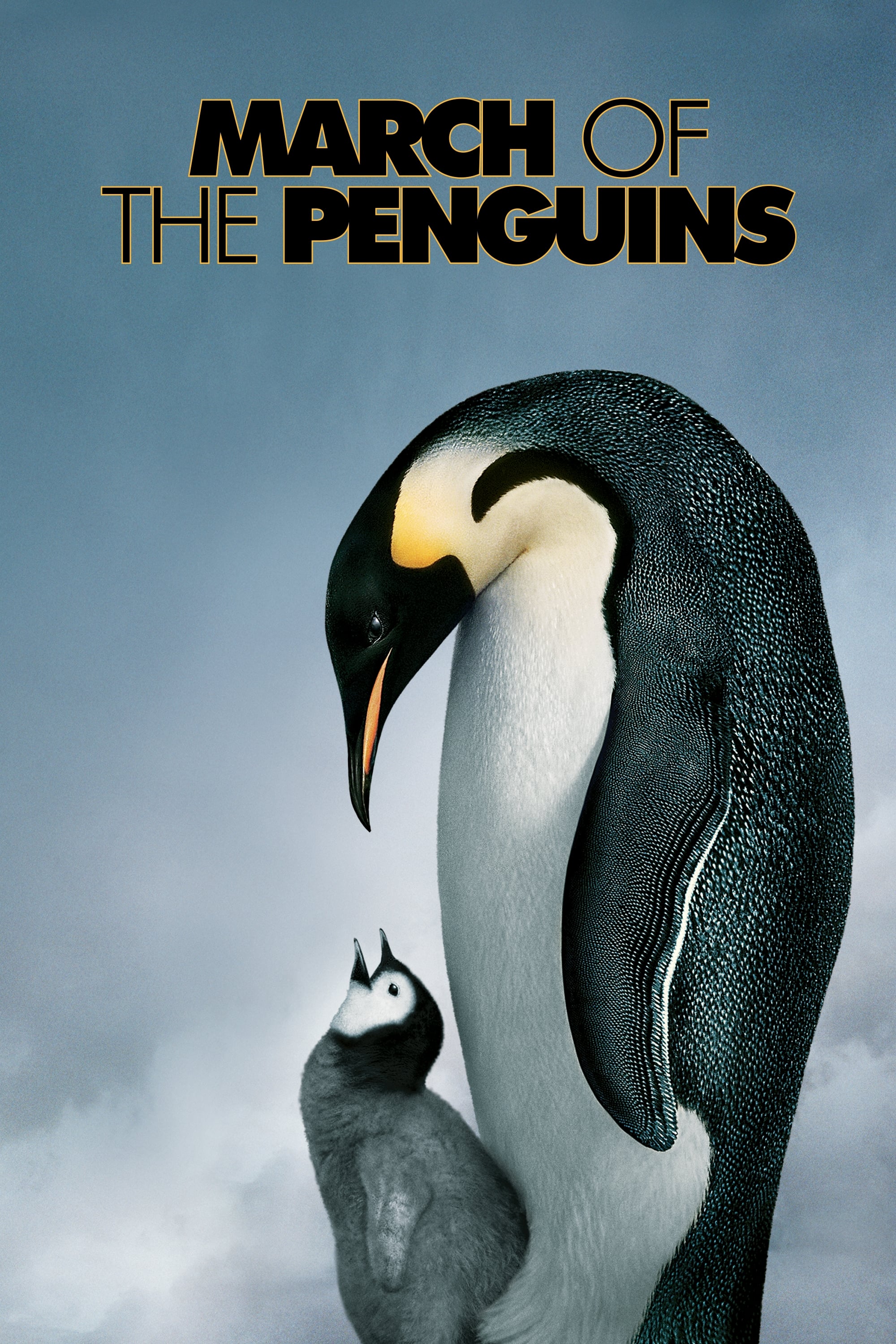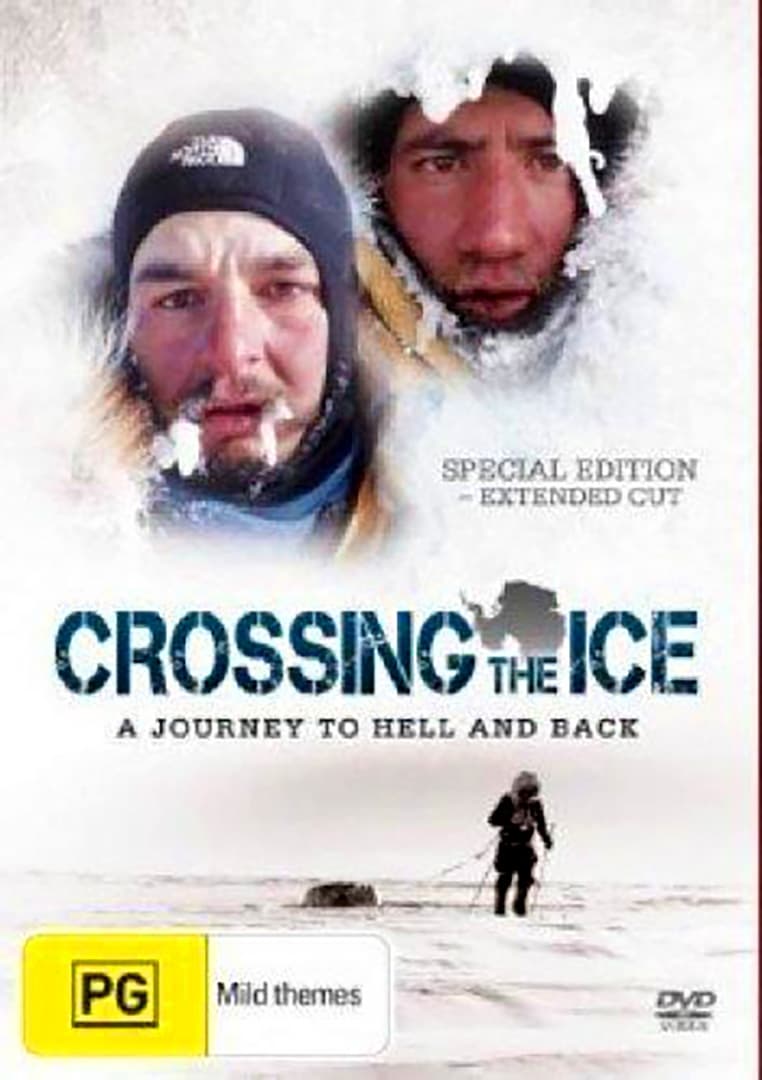
Crossing the Ice - A journey to hell and back (2012)
Overview
James Castrission and Justin Jones, dare to not only tackle the perilous journey across Antarctica to the South Pole and return, but to do it completely unassisted – no sled dogs, no wind kites, just two men dragging their food, their shelter and themselves across 1140 kilometres of barren ice. And back again. As they battle frostbite, hypothermia, crevasses and starvation over three months of torture in the harshest place on Earth, Cas and Jonesy discover their limits, the nature of sportsmanship and the boundaries of the human spirit.
Production Companies
Additional Info
| Budget | $250.00 |
|---|---|
| Revenue | $0.00 |
| Original Language | en |
| Popularity | 0.1189 |
Directed By
Douglas Howard
Crew
Douglas Howard
TOP CAST
James Castrission
Himself
Justin Jones
Himself
Similar Movies
Leopard Seals: Lords of the Ice
Amidst the pristine but freezing waters surrounding the white continent, a unique insight into the mysterious daily lives of Leopard Seals and discover some never-before-filmed behaviors of these highly intelligent predators. "Killer Seals" will reveal how Leopard Seals hunt penguins underwater or on land, charging unwary trespassers on the ice, be they penguin or human!
Bastards' Road
Walking 5,800 miles around the United States, Veteran Jonathan Hancock uses the solitude of the road and the company of his fellow Marine brothers and the families of their fallen to successfully manage his wounds from war.
A Woman in Antarctica
For the last fifteen years, French mountaineer, explorer and writer Laurence de la Ferrière has been scaling the heights of the world's highest tops, and in 1997 became the first French woman to reach the South Pole single-handed. Two years later, she attempts to cross the Antarctic from the South Pole to the French base of Dumont d'Urville. A 3,000 km long challenge over 3 months filled with unexpected hurdles.
Days of Thrills and Laughter
An appreciative, uncritical look at silent film comedies and thrillers from early in the century through the 1920s.
Encounters at the End of the World
Herzog and cinematographer Peter Zeitlinger go to Antarctica to meet people who live and work there, and to capture footage of the continent's unique locations. Herzog's voiceover narration explains that his film will not be a typical Antarctica film about "fluffy penguins", but will explore the dreams of the people and the landscape.
Farce of the Penguins
In this spoof of "March of the Penguins," nature footage of penguins near the South Pole gets a soundtrack of human voices. Carl and Jimmy, best friends, walk 70 miles to the mating grounds where the female penguins wait. The huddled masses of females - especially Melissa and Vicki - talk about males, mating, and what might happen this year. Carl, Jimmy, and the other males make the long trek talking about food, fornication and flatulence. Until this year, Carl's sex life has been dismal, but he falls hard for Melissa. She seems to like him. A crisis develops when Jimmy comes upon something soft in the dark. Can friends forgive? Does parenthood await Carl and Melissa?
Roundhay Garden Scene
The earliest surviving celluloid film, and believed to be the second moving picture ever created, was shot by Louis Aimé Augustin Le Prince using the LPCCP Type-1 MkII single-lens camera. It was taken in the garden of Oakwood Grange, the Whitley family house in Roundhay, Leeds, West Riding of Yorkshire (UK), possibly on 14 October 1888. The film shows Adolphe Le Prince (Le Prince's son), Mrs. Sarah Whitley (Le Prince's mother-in-law), Joseph Whitley, and Miss Harriet Hartley walking around in circles, laughing to themselves, and staying within the area framed by the camera. The Roundhay Garden Scene was recorded at 12 frames per second and runs for 2.11 seconds.
Antarctica, in the footsteps of the Emperor
Gombessa Expedition 3 Protected by an international treaty Antarctica has been spared the effects of hunting and fishing. But signs in ice’s cyclical patterns and its biodiversity have become worrying. Connected to the planet’s global ecosystem via atmospheric circulation and ocean currents, this white haven is suffering the effects of human activities. To document and explain what is unfolding in Antarctica, photographer, diver, and marine biologist Laurent Ballesta and photographer of extreme environments Vincent Munier will be blending their artistic perspectives of a rapidly changing continent. Laurent will tackle technical and human prowess below the ice to bear witness to its remarkable underwater life. His photographs will advance knowledge on Antarctica’s unique and little-known biodiversity. On land, his eye riveted to the lens of his camera, Vincent captures snapshots of life in an Emperor Penguin colony.
VP9THU South Sandwich
Documents part 1 of the Jan./Feb. 2002 light DXpedition to Antarctic's South Sandwich Islands on the vessel, Braveheart, where the VP8THU team activate one of amateur radio's remote areas.
Erebus: Operation Overdue
On 28 November 1979, an Air New Zealand jet with 257 passengers went missing during a sightseeing tour over Antarctica. Within hours 11 ordinary police officers were called to duty to face the formidable Mount Erebus. As the police recovered the victims, an investigation team tried to uncover the mystery of how a jet could fly into a mountain in broad daylight. Did the airline have a secret it wanted to bury? This film tells the story of four New Zealand police officers who went to Antarctica as part of the police operation to recover the victims of the crash. Set in the beautiful yet hostile environment of Antarctica, this is the emotional and compelling true story of an extraordinary police operation.
Antarctica from Above
At the bottom of the world is a place of wild isolation. Antarctica. Its vastness and extremes defy description. From volcanoes to glaciers... and peaks that scrape the sky, its geography is like nothing else in the world. Its wildlife embraces harsh, alien landscapes. And the people that make their home there for part of the year survive amidst unbelievable conditions, thanks to some of the most creative problem-solving on the planet. Filmed principally in the Sub-Antarctic and Ross Sea region as a series of vignettes - each based around one astonishing location after another - viewers will explore one of the most remote, and least-visited parts of the continent; less than 500 tourists make the journey to this region each year. Few places on earth capture the imagination like the great white continent. Now see it as it’s never been viewed before.
Antarctica: Journey into the White Desert
A vast white wilderness that stretches across the south of our planet; a giant natural laboratory that has long occupied the human psyche. Antarctica is a continent of remote natural wonder. For brief moments each year this hauntingly beautiful landscape opens up, beckoning scientists and explorers from around the world to investigate its frozen secrets. 'Journey into the White Desert' takes us on a mesmerizing visual adventure into this mysterious continent, introducing us to a team of South African scientists, researchers and explorers who have braved the inhospitable continent in the quest to learn its secrets. The film explores South Africa's role in the greatest wilderness on earth and showcases some of the groundbreaking research that could make the difference to our survival on this planet.
Highway to the Arctic
Every winter for decades, the Northwest Territories, in the Canadian Far North, changes its face. While the landscape is covered with snow and lakes of a thick layer of ice, blocking land transport, ice roads are converted to frozen expanses as far as the eye can see.
The Great Achievement
A documentary about New Zealanders in Antarctica: researching International Geophysical Year, and supporting the Trans-Antarctic Expedition by laying supply depots for Vivian Fuchs’ overland crossing.
Nanook of the North
This pioneering documentary film depicts the lives of the indigenous Inuit people of Canada's northern Quebec region. Although the production contains some fictional elements, it vividly shows how its resourceful subjects survive in such a harsh climate, revealing how they construct their igloo homes and find food by hunting and fishing. The film also captures the beautiful, if unforgiving, frozen landscape of the Great White North, far removed from conventional civilization.
Arctic Tale
Arctic Tale is a 2007 documentary film from the National Geographic Society about the life cycle of a walrus and her calf, and a polar bear and her cubs, in a similar vein to the 2005 hit production March of the Penguins, also from National Geographic.
Iceland You Think You're Alone
Iceland is one of the wildest places on earth. You could be caught up in the midst of snowstorms and blizzards, but you are never alone... Although tourists from all over the world have started a silent invasion, nature keeps on winning.
March of the Penguins
Every year, thousands of Antarctica's emperor penguins make an astonishing journey to breed their young. They walk, marching day and night in single file 70 miles into the darkest, driest and coldest continent on Earth. This amazing, true-life tale is touched with humour and alive with thrills. Breathtaking photography captures the transcendent beauty and staggering drama of devoted parent penguins who, in the fierce polar winter, take turns guarding their egg and trekking to the ocean in search of food. Predators hunt them, storms lash them. But the safety of their adorable chicks makes it all worthwhile. So follow the leader... to adventure!!
